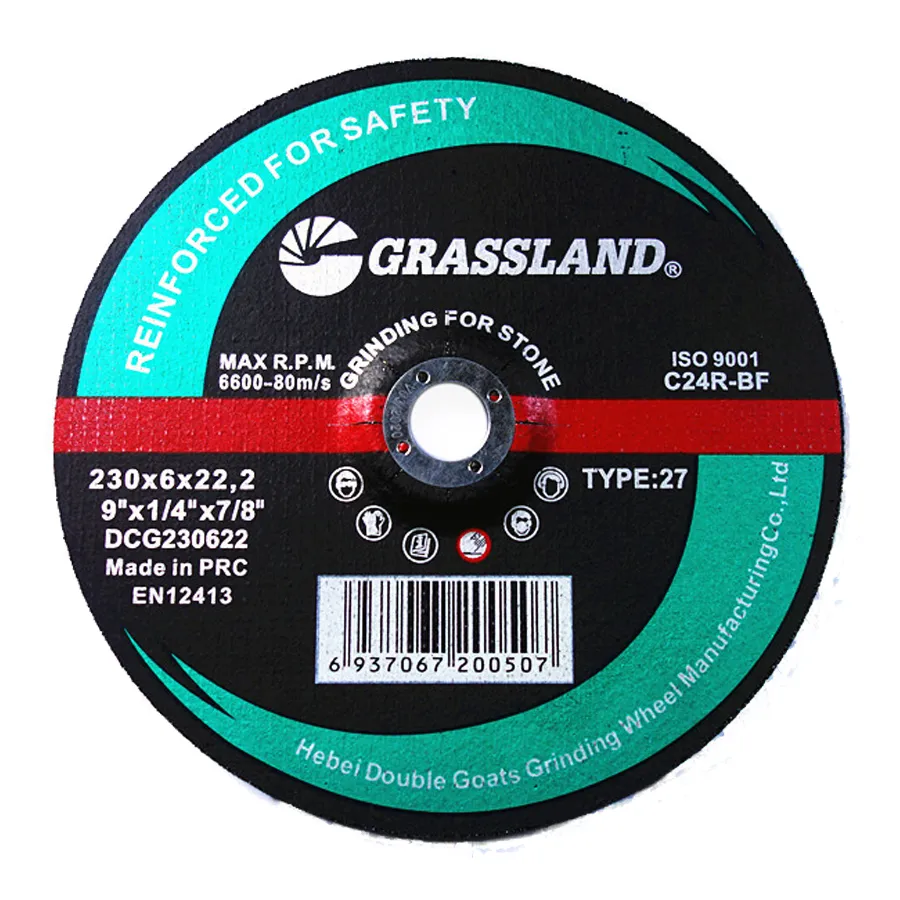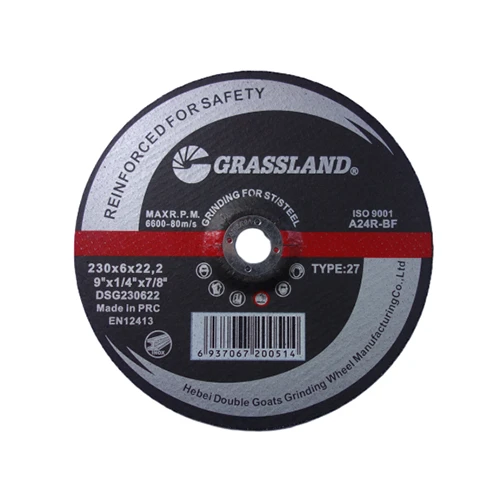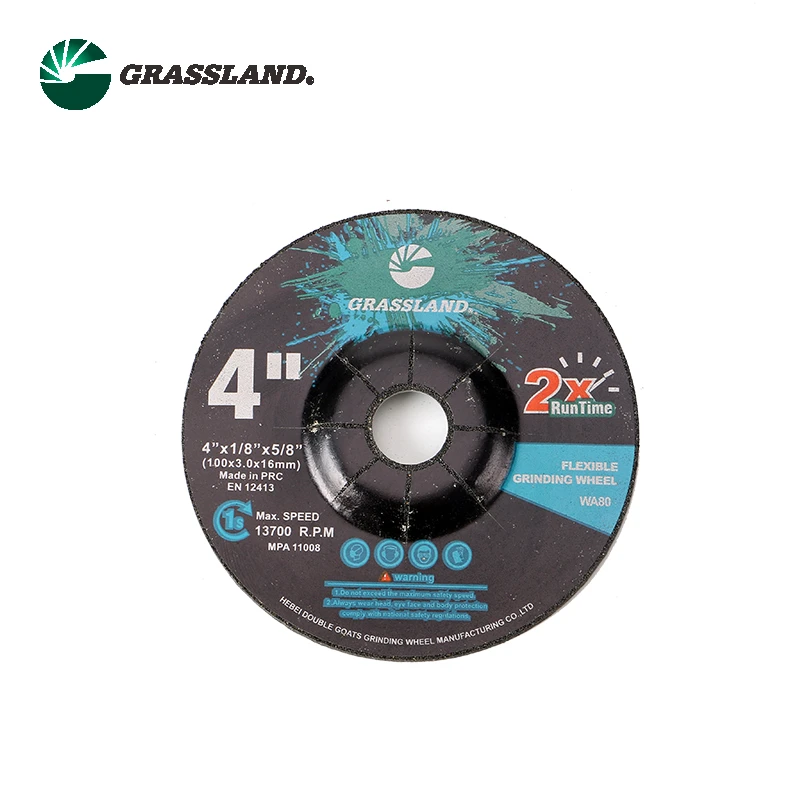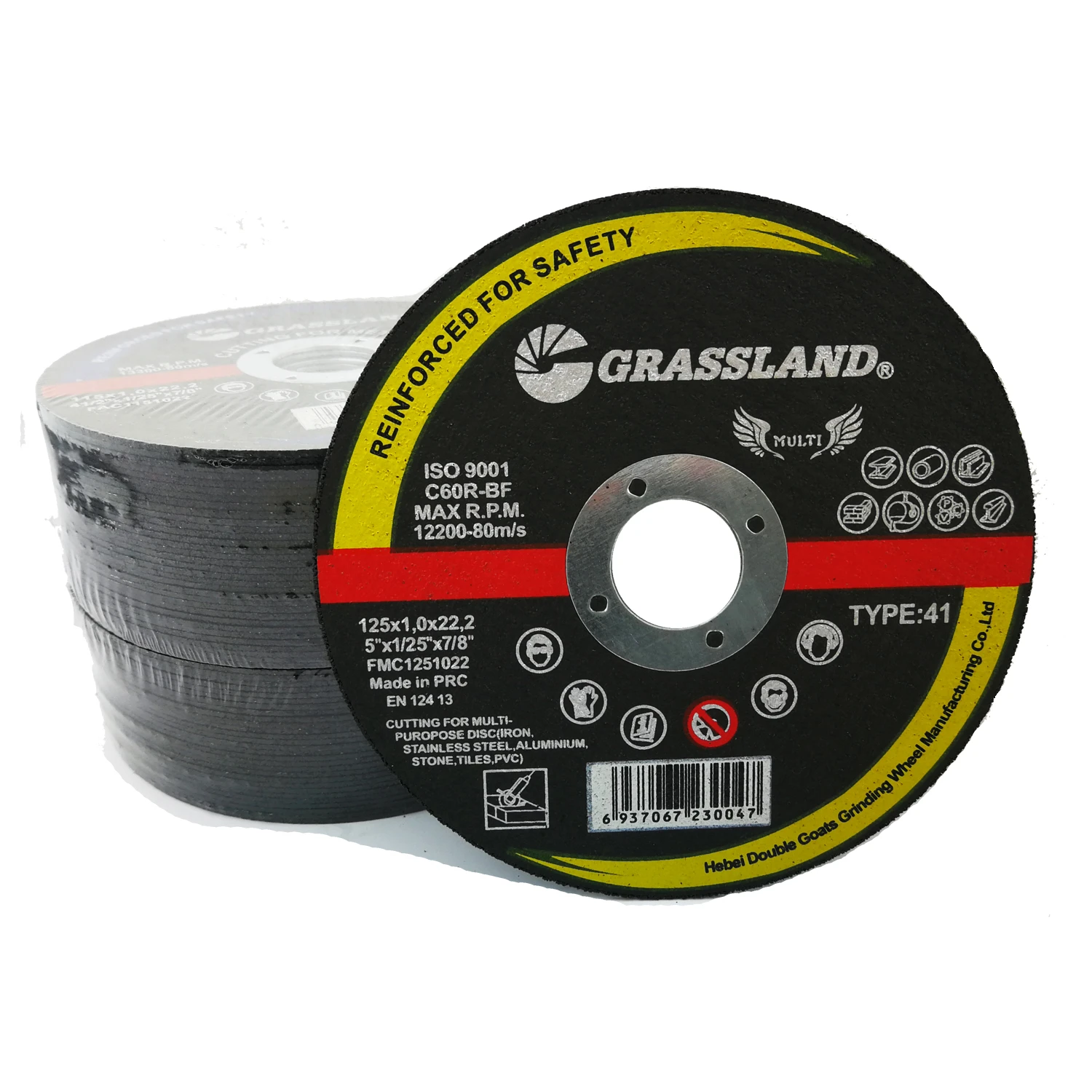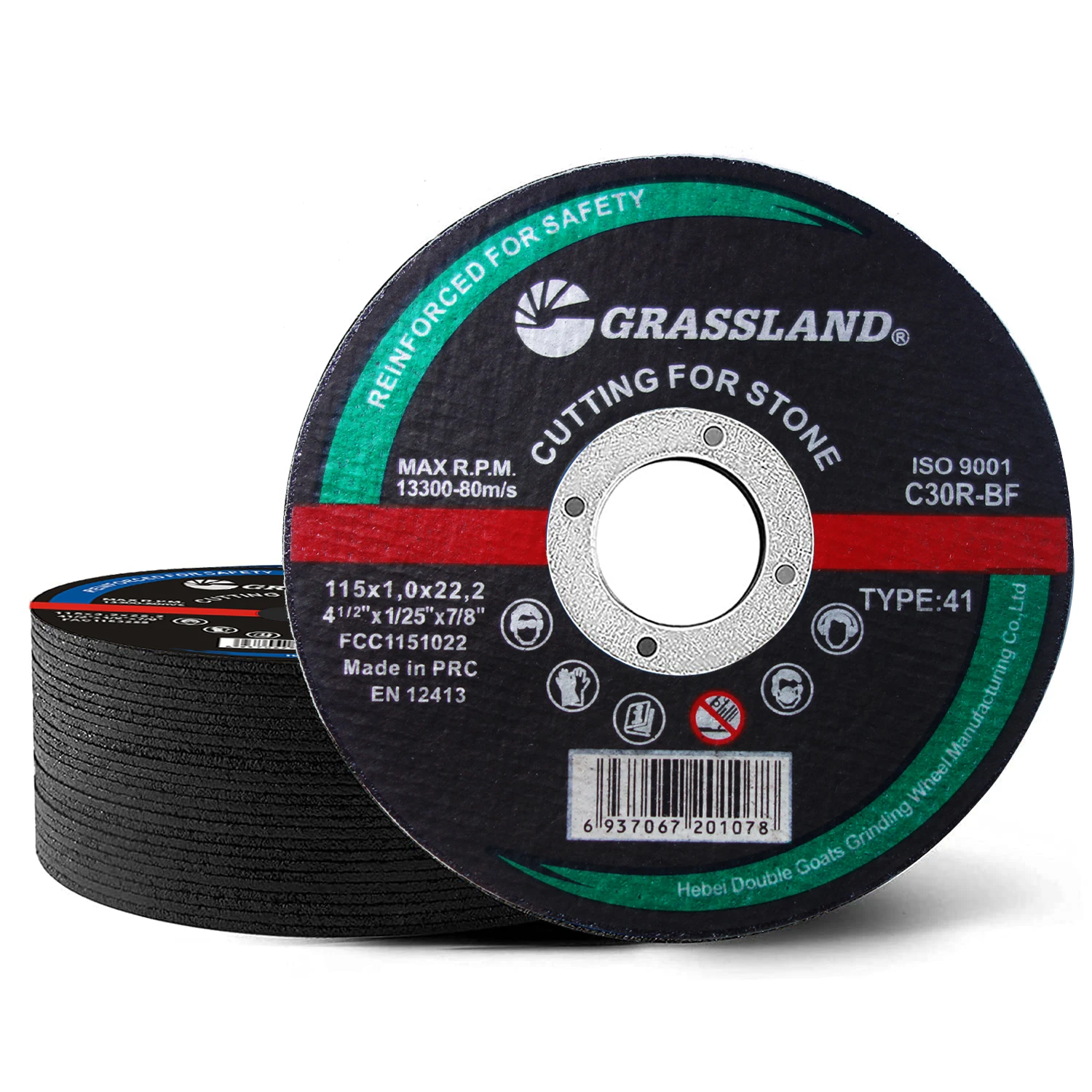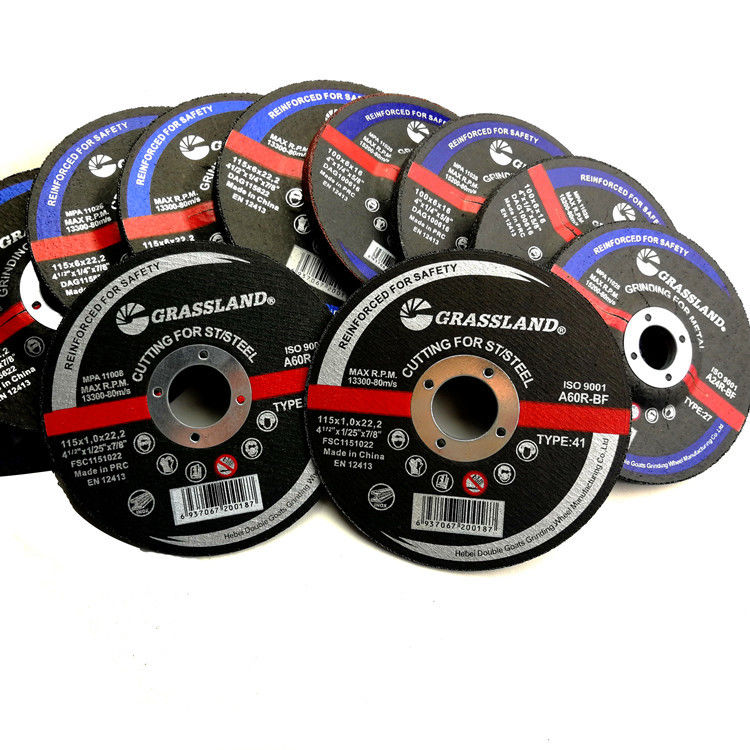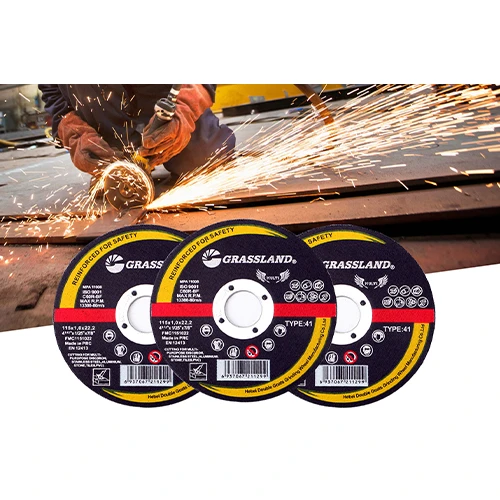

Selection plays a crucial role in maximizing the benefits of a flap disc. When choosing a flap disc, consider the abrasive materials they are made from. Common options include ceramic, aluminum oxide, and zirconia alumina, each suited to different tasks. For instance, ceramic is highly effective on stainless steel, while aluminum oxide offers a more economical choice for softer metals like aluminum. The grit size is another consideration. Coarse grits (like 40) are suitable for aggressive stock removal, while finer grits (120 and above) cater to finishing applications. Balancing the right grit with the material being worked on can mean the difference between achieving a rough finish and a polished surface. Flap discs also come in different shapes, which can be chosen based on the task at hand. Conical flap discs are great for heavy stock removal at steep angles (15-25 degrees), while flat flap discs are better suited for smoothing and blending work on a flat surface. Another safety and efficiency factor is the backing plate material, often made of fiberglass, plastic, or metal. Fiberglass is the most common owing to its combination of strength and lightweight characteristics, providing a robust base that can withstand substantial forces without adding unnecessary weight to the grinder. In summary, the adoption of 4-inch flap discs in various industries is no mere trend; it is a testament to their effectiveness and versatility. As businesses continue to seek tools that combine efficiency, durability, and precision, flap discs stand out as a superb choice, offering advantages that traditional grinding and sanding methods cannot match. Consequently, understanding their construction, appropriate applications, and selection nuances will empower users to optimize their industrial processes effectively, contributing to enhanced productivity and higher quality outcomes.
Post time:Feb - 20 - 2025







